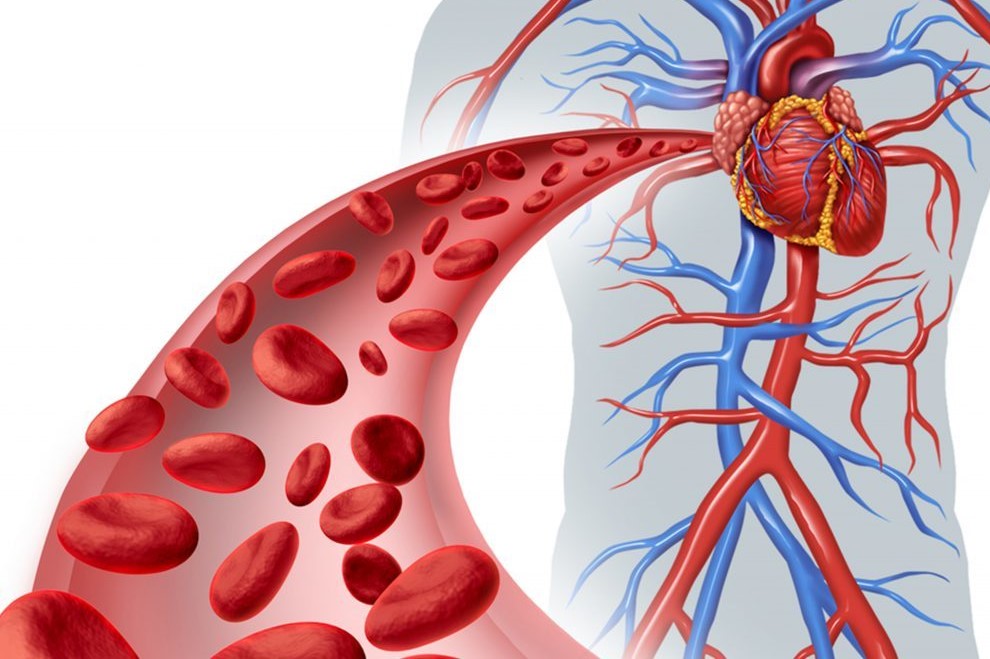
Aetiological classification of hypertension
Hypertension is a constant, non-occasional state in which blood pressure at rest is higher than the physiological standard considered normal
The causes of high blood pressure can be classified from an aetiological point of view as
- Systolic hypertension with increased differential pressure
- Reduced arterial compliance (arteriosclerosis) and increased systolic output
- Aortic insufficiency;
- Thyrotoxicosis;
- Primary hyperkinetic cardiac syndrome;
- Arteriovenous fistula;
- Botallo’s ductus pervio.
- Systolic and diastolic hypertension (increased peripheral vascular resistance)
- Unilateral and bilateral renal
- Chronic pyelonephritis
- Acute and chronic glomerulonephritis;
- Polycystic kidney;
- Nephrovascular stenosis; Renal infarction;
- Other nephropathies (diabetic nephropathy, etc.);
- Renin-secreting neoplasms.
- Endocrine
- Oral contraceptives;
- Adrenal cortical hyperactivity;
- Primary hyperaldosteronism (adenoma, micro-macro- nodular hyperplasia, glycocorticoid-sensitive hyperaldosteronism).
- Cushing’s disease and syndrome.
- Congenital or hereditary adrenogenital syndromes (17-α- and 11-ß hydroxylase deficiency)
- Syndrome of apparent mineralocorticoid excess;
- Pheochromocytoma;
- Myxoedema;
- Acromegaly;
- Primary hyperparathyroidism;
- Neurogenic
- Psychogenic;
- Diencephalic syndrome;
- Familial dysautonomia (Riley-Day);
- Polyneuritis (acute porphyria, Pb poisoning);
- Increased intracranial pressure (acute);
- Spinal cord section (acute);
- Various
- Coarctation of the aorta;
- Increased intravascular volume (excessive transfusions, polycythaemia);
- Panarteritis nodosa;
- Hypercalcaemia;
- Liddle’s syndrome;
- Drugs and toxins
- Mineralcorticoids and exogenous glycorticoids;
- Liquorice and carbenoxolone;
- Cyclosporine;
- Sympathomimetics, tyramine, MAO inhibitors;
- Substances of abuse (cocaine, etc.);
- Anorectics;
- Nasal decongestants;
- Antidepressants;
- Phenothiazine;
- Erythropoietin;
- Unknown aetiology
- Essential hypertension (over 90% of cases)
- Toxaemia gravidarum
- Acute intermittent porphyria
The prevalence of secondary hypertension varies between 10 and 30% depending on the case series examined and the methods used to search for a possible cause of high blood pressure.
Renovascular hypertension is the most frequent secondary hypertension (7%) followed by hypertension of renoparenchymal origin and endocrine high blood pressure.
Read Also:
Emergency Live Even More…Live: Download The New Free App Of Your Newspaper For IOS And Android
Organ Complications Of Hypertension
Medications For High Blood Pressure: Here Are The Main Categories
Blood Pressure: When Is It High And When Is It Normal?
Kids With Sleep Apnea Into Teen Years Could Develop High Blood Pressure
High Blood Pressure: What Are The Risks Of Hypertension And When Should Medication Be Used?
Pulmonary Ventilation In Ambulances: Increasing Patient Stay Times, Essential Excellence Responses
Thrombosis: Pulmonary Hypertension And Thrombophilia Are Risk Factors
Pulmonary Hypertension: What It Is And How To Treat It
Seasonal Depression Can Happen In Spring: Here’s Why And How To Cope
The Developmental Trajectories Of Paranoid Personality Disorder (PDD)
Intermittent Explosive Disorder (IED): What It Is And How To Treat It
Stress And Distress During Pregnancy: How To Protect Both Mother And Child
Assess Your Risk Of Secondary Hypertension: What Conditions Or Diseases Cause High Blood Pressure?
Pregnancy: A Blood Test Could Predict Early Preeclampsia Warning Signs, Study Says
Everything You Need To Know About H. Blood Pressure (Hypertension)
Non-Pharmacological Treatment Of High Blood Pressure
Drug Therapy For The Treatment Of High Blood Pressure
Hypertension: Symptoms, Risk Factors And Prevention


